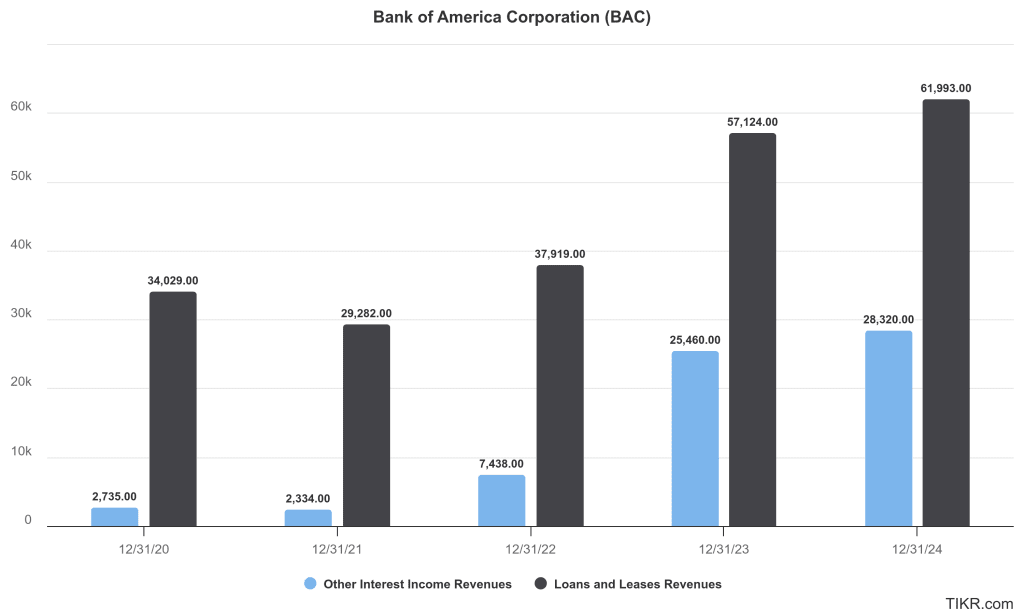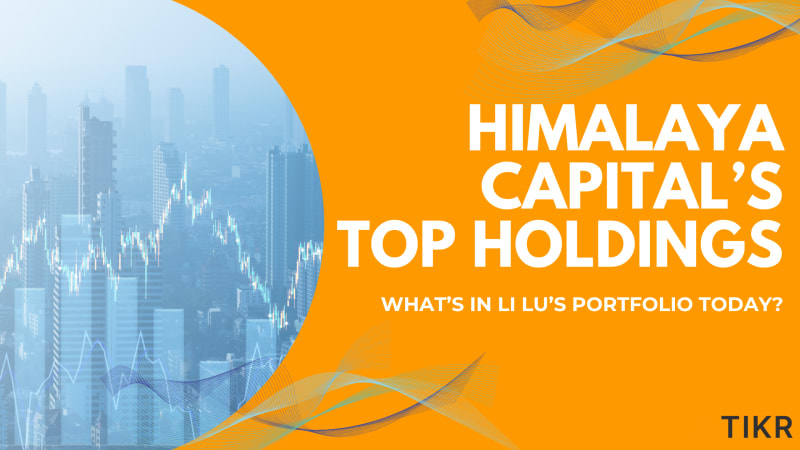Li Lu, founder of Himalaya Capital, is one of the most enigmatic and respected investors of our time. While his name doesn’t appear on CNBC or Twitter threads, his track record speaks volumes. A survivor of the Tiananmen Square protests and a Columbia University graduate with degrees in economics, law, and business, Li Lu has built a reputation for deep research, concentrated bets, and long-term thinking. His most notable backer was the late Charlie Munger, who entrusted Lu with a significant portion of his fortune. Over the years, Lu has quietly compounded wealth by following the timeless principles of value investing.
Himalaya Capital embraces the Graham-Buffett-Munger tradition, investing in high-quality businesses with strong economic moats, trustworthy management, and favorable long-term prospects. The firm avoids speculation, shorts, and frequent trading. Instead, it takes concentrated positions in businesses it understands deeply, often holding for years. Himalaya’s 13F filings reflect this philosophy. Li Lu doesn’t treat stocks as tickers on a screen; he treats them as ownership stakes in real businesses.
The firm’s latest 13F, filed for the quarter ending March 31, 2025, lists just nine positions and continues to reflect Lu’s highly concentrated approach. Alphabet, Bank of America, Berkshire Hathaway, and East West Bancorp remain core holdings, while other positions, such as Apple and Occidental Petroleum, appear to play smaller but deliberate roles in the portfolio. Himalaya also disclosed a significant stake in Postal Savings Bank of China via a separate trade report dated May 2025. These disclosures give us insight into how Lu is positioning his capital today.

So what does Himalaya Capital’s latest filing tell us about Li Lu’s thinking? Let’s break down his largest holdings and consider how they align with his long-standing investment strategy.
Alphabet Inc. (GOOGL & GOOG)

Combined Value: $776.3 million
Total Shares: 4,994,300
Alphabet is Himalaya Capital’s largest U.S. position, split between the GOOGL and GOOG share classes. The firm trimmed its position in Q1 but the size of the holding still signals continued conviction despite the questions some investors have raised about Google’s future in an AI-first world. Despite these concerns, Li Lu likely views Alphabet as a durable compounder, with Google Search, YouTube, and its Cloud business forming a trio of long-term growth engines. Despite rising competition in AI and potential regulatory headwinds, Alphabet generates strong free cash flow, maintains an elite return on capital, and is expanding its AI infrastructure aggressively.
Lu has said he seeks businesses that can survive “thick and thin,” and Alphabet fits that bill. While not cheap on traditional value metrics, Alphabet may still offer a compelling risk-reward setup over the next decade. Himalaya’s stake suggests Lu is content to let this high-quality business continue compounding.
Postal Savings Bank of China (1658.HK)
Value: $641.0 million
Shares: 985,618,000
Change: -192,584,000 shares (-16.4%)
Though not included in the 13F, Himalaya disclosed this Hong Kong-listed holding via a separate trade report. Postal Savings Bank of China is one of the largest retail banks in China, with a deep rural footprint and a massive customer base. Despite trimming the position, it remains the largest single holding in Himalaya’s publicly disclosed portfolio.
Li Lu has historically had high conviction in select Chinese financials, particularly those with stable funding bases and entrenched networks. While the China macro picture is murky, PSBC’s franchise may be resilient. The recent reduction may simply reflect portfolio rebalancing or risk management, not a bearish thesis.
Bank of America (BAC)

Value: $577.8 million
Shares: 13,846,633
Change: -4,234,500 shares (-23.4%)
While Bank of America remains a top holding, Lu trimmed the position significantly in Q1. It’s possible this reflects a modest reallocation rather than a loss of faith. BAC has benefited from higher interest rates and a resilient U.S. consumer, but with economic uncertainty ahead, Lu may be reducing exposure to cyclical risk.
Still, the core thesis likely remains: Bank of America is a scale player with low-cost deposits, improving digital operations, and a well-capitalized balance sheet. If the U.S. economy continues to avoid a hard landing, BAC could continue delivering steady returns. But given Li Lu’s conservative nature, the trim suggests a desire to manage downside risk amid mixed macro signals.
Berkshire Hathaway (BRK-B)

Value: $478.1 million
Shares: 897,749
As we already mentioned, Li Lu has long admired Warren Buffett and the late Charlie Munger, so his holding in Berkshire is both symbolic and strategic. Berkshire is a diversified fortress with a best-in-class insurance business, a powerful collection of operating companies, and a massive equity portfolio. It offers built-in diversification and downside protection, particularly in uncertain times.
Lu has kept this position steady, likely seeing it as a conservative core holding that requires little oversight. With the news of Buffett stepping down at the end of 2025, it will be interesting to see if Lu continues to hold. But for now, with Berkshire trading near fair value and continuing to grow its cash pile, it remains a solid anchor in the Himalaya portfolio.
East West Bancorp (EWBC)
Value: $249.2 million
Shares: 2,776,351
East West Bancorp is a regional bank with a unique niche: serving Chinese-American communities and facilitating U.S.-Asia cross-border commerce. That makes it a natural fit for Li Lu, who understands both geographies deeply. EWBC boasts strong credit quality, above-average return metrics, and a conservative lending culture.
The position remained unchanged in Q1. As regional banks face increased scrutiny and funding pressure, Lu may see EWBC as a differentiated, underappreciated player. Its capital position remains strong, and it could benefit if credit conditions remain benign.
What Li Lu’s Portfolio Says About His Market Outlook
Li Lu continues to run one of the most focused portfolios in the hedge fund world. His top five holdings make up the vast majority of Himalaya Capital’s reported assets. The fund is balanced between durable U.S. tech and financials, plus a key China bank holding that reflects his global expertise.
Recent trims in Bank of America and Postal Savings Bank suggest a cautious tone, but the portfolio as a whole points to confidence in the long-term resilience of core holdings. Li Lu isn’t chasing AI stocks or macro narratives. He’s sticking with businesses that generate real cash, serve essential needs, and are run by trustworthy stewards. In today’s unpredictable environment, that restraint speaks volumes.

